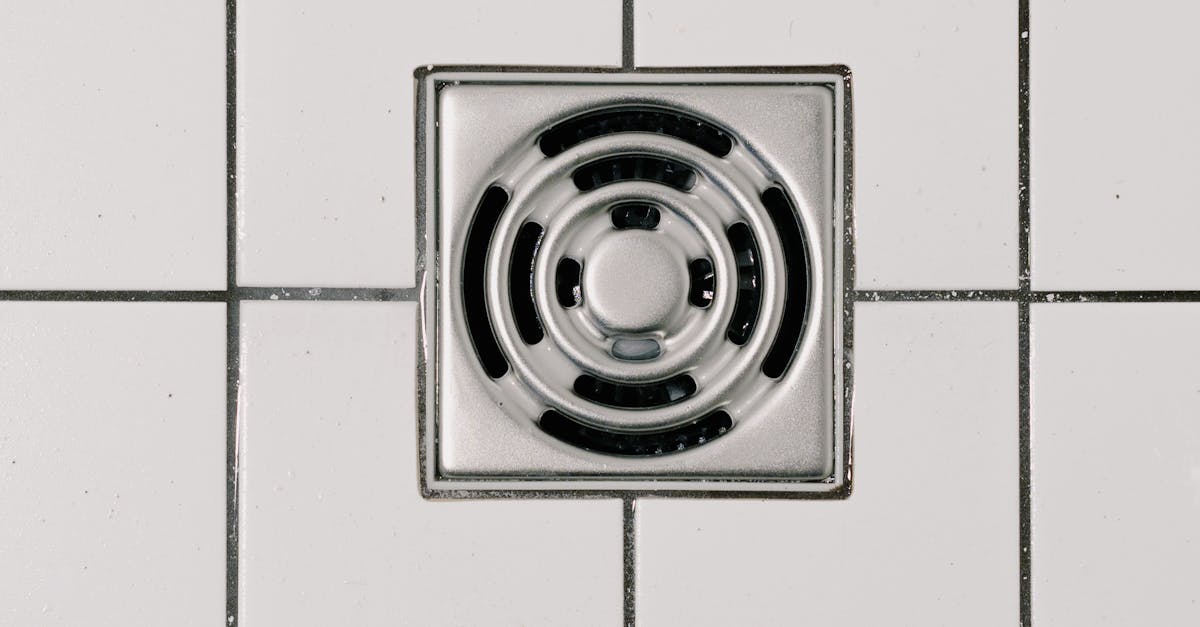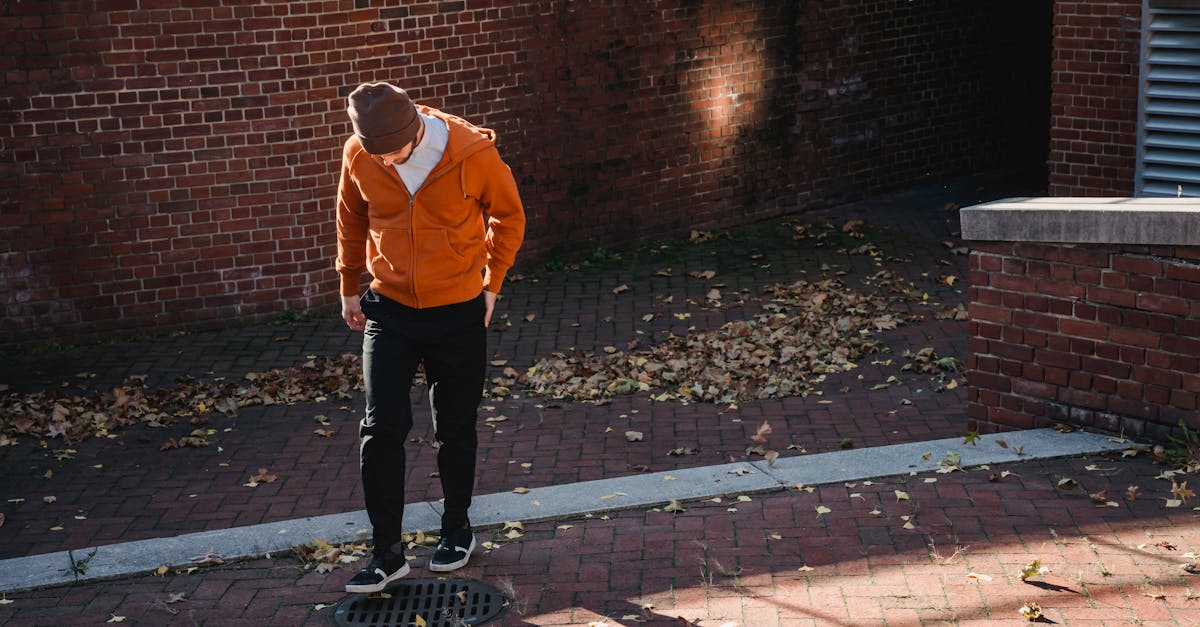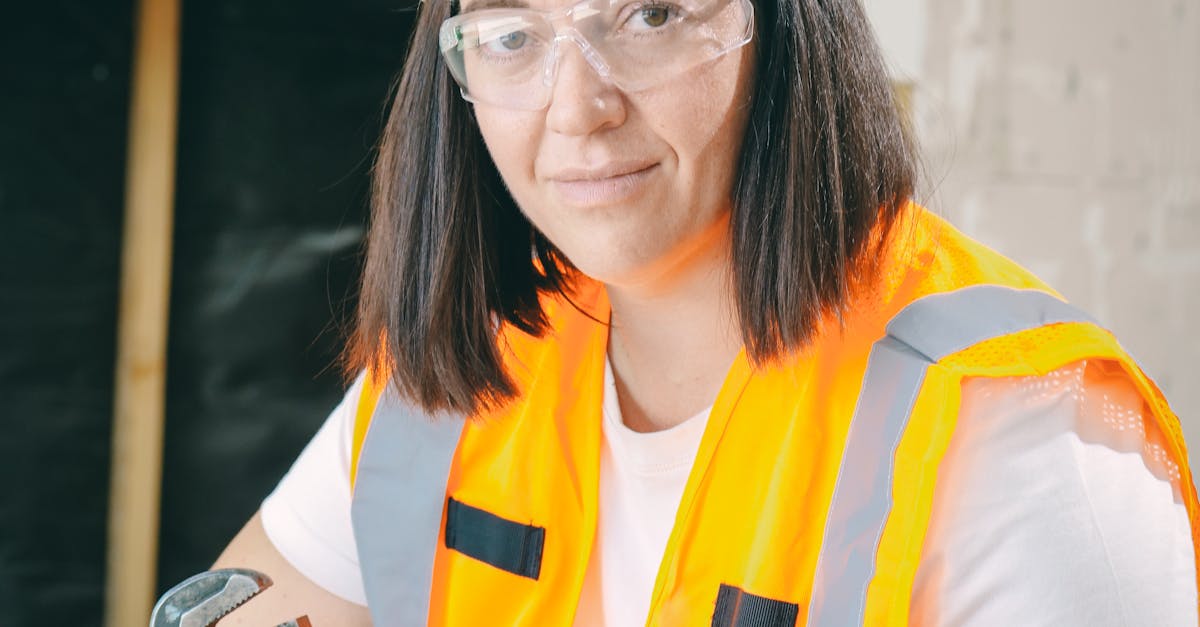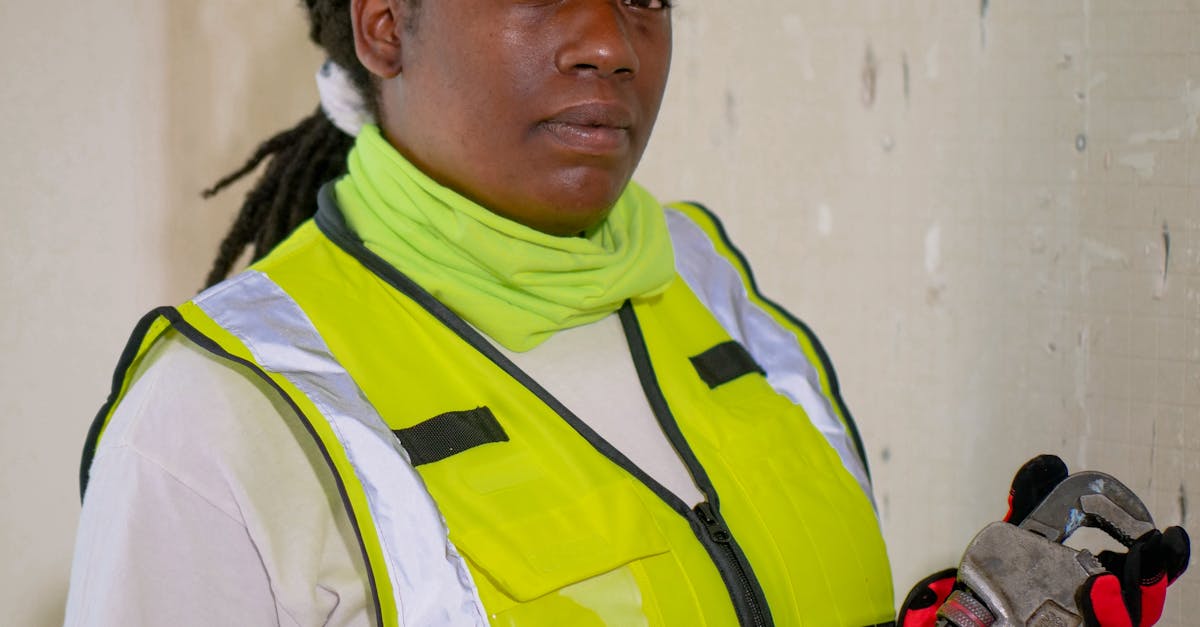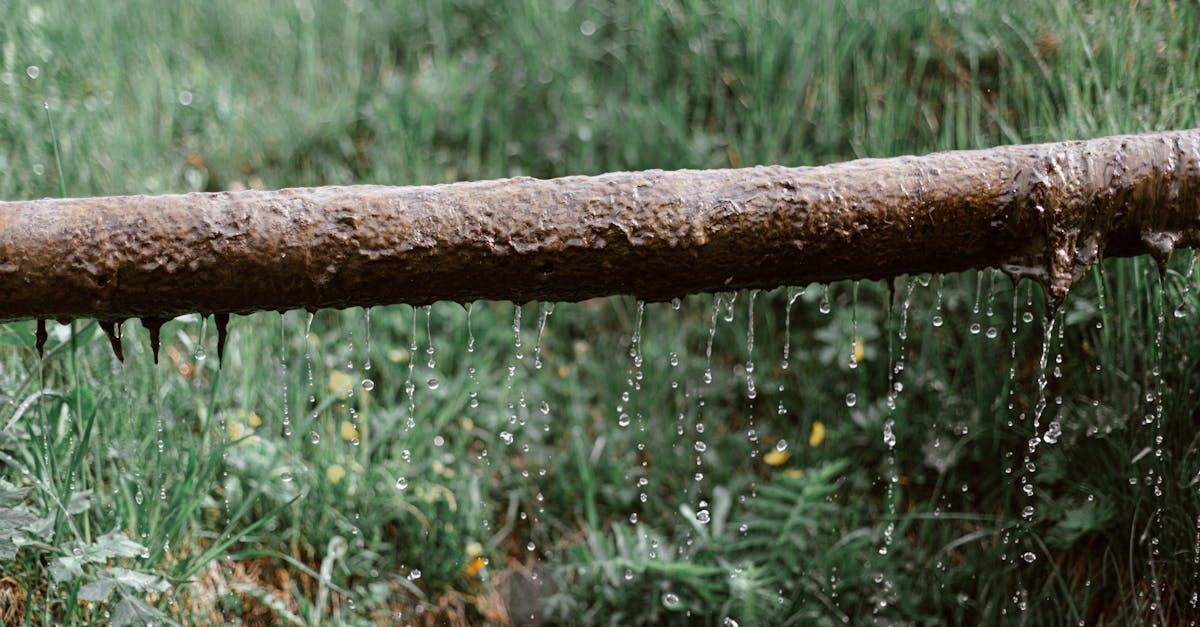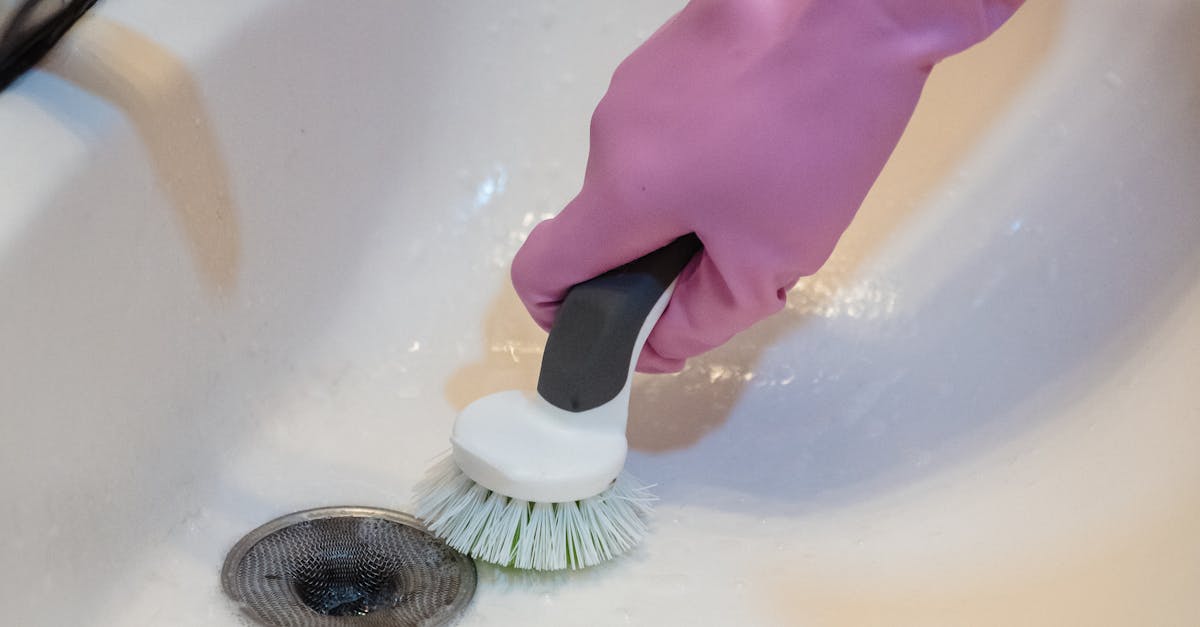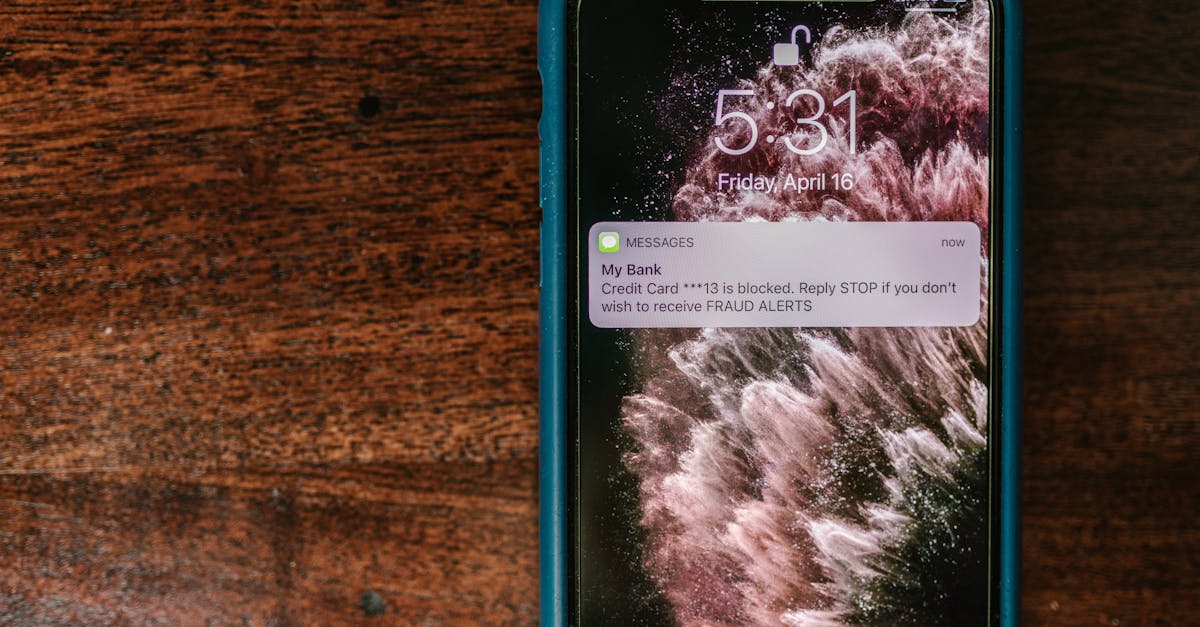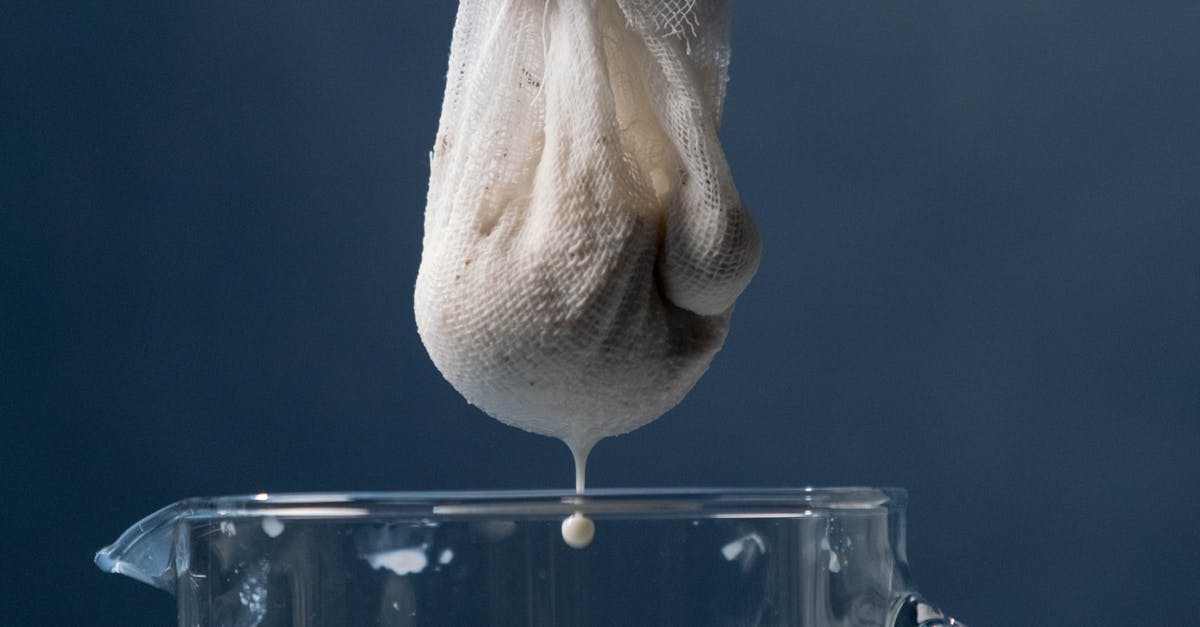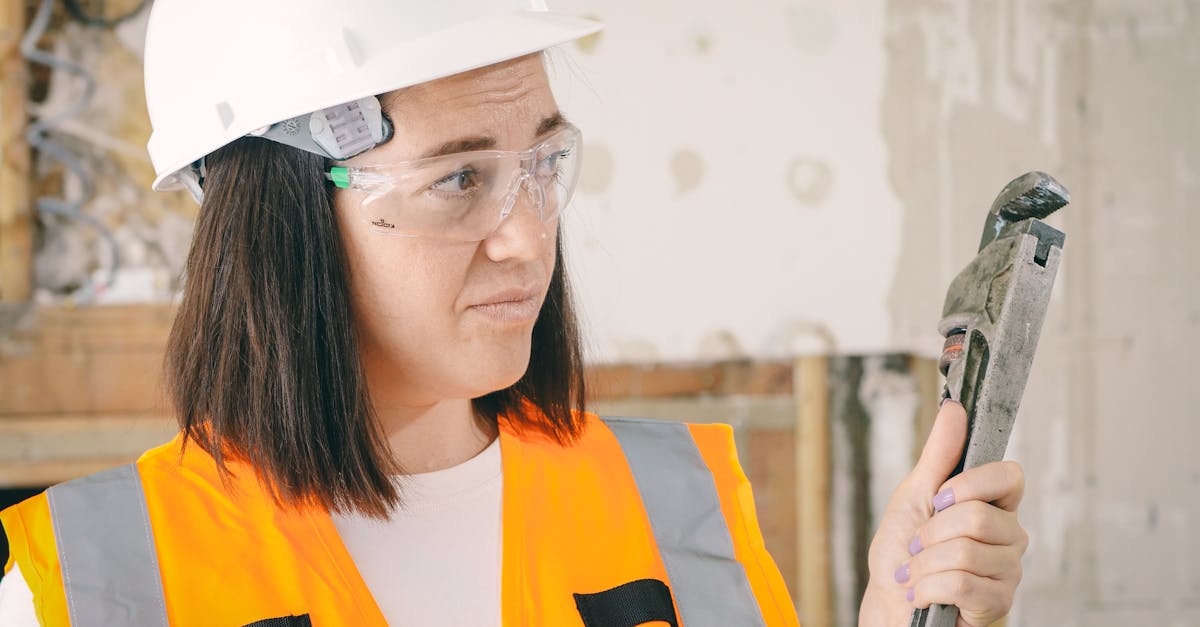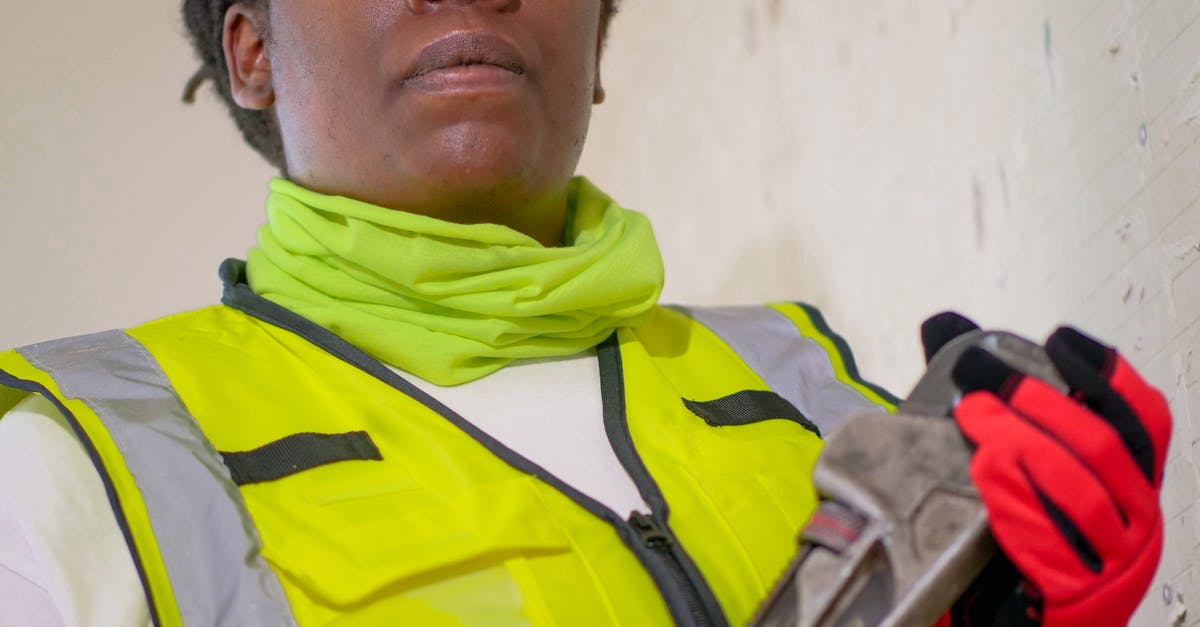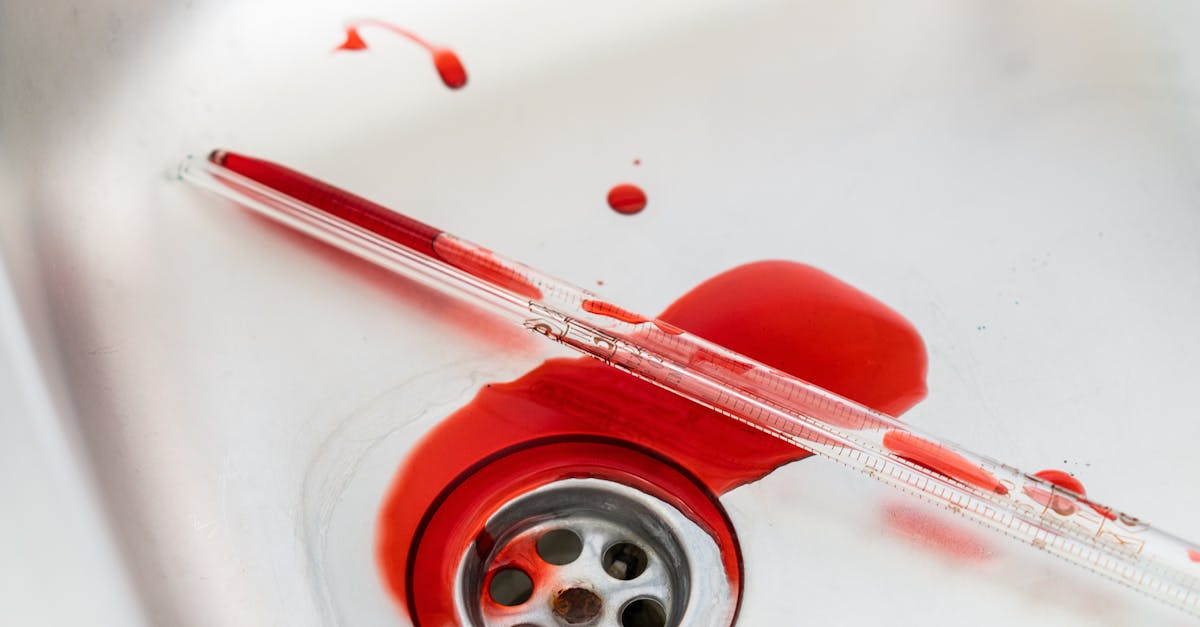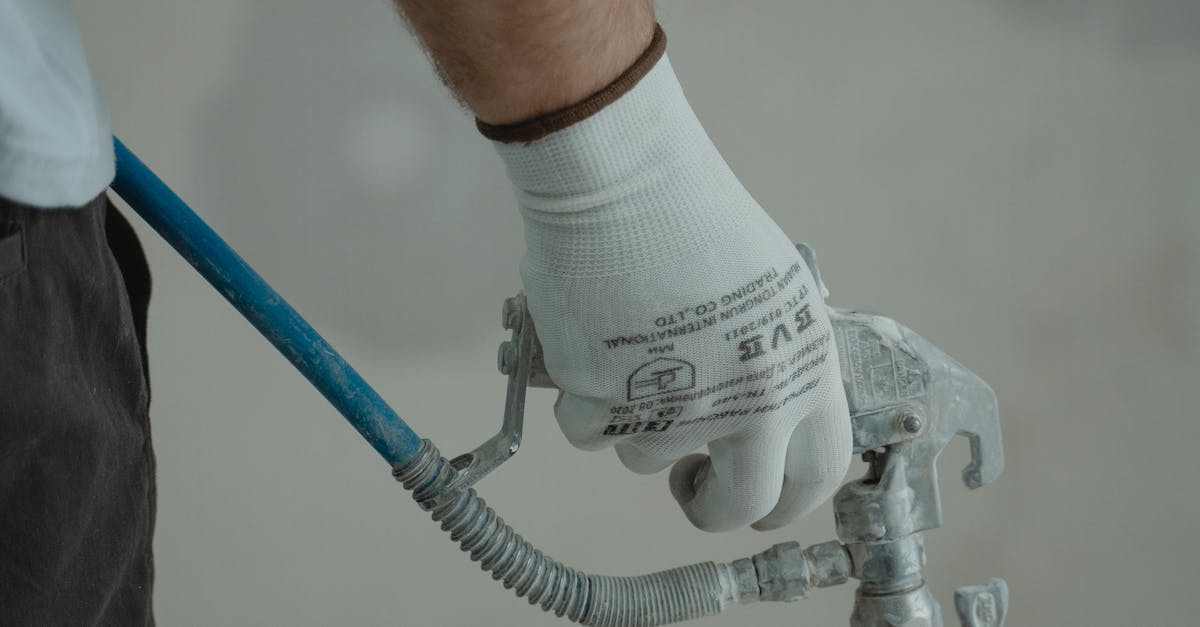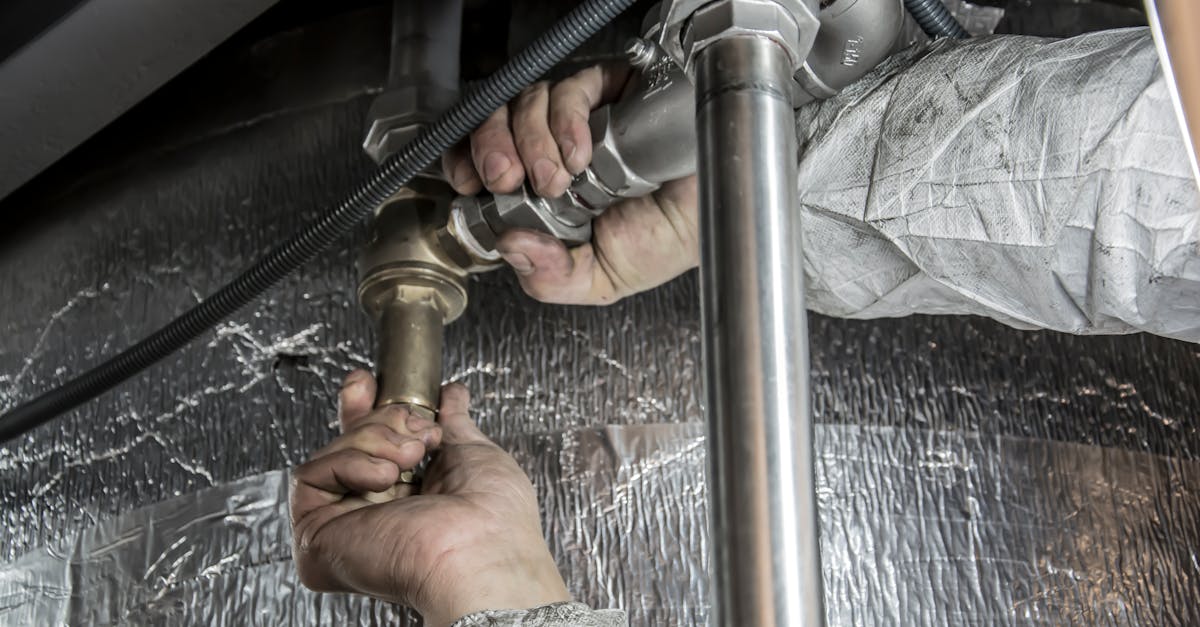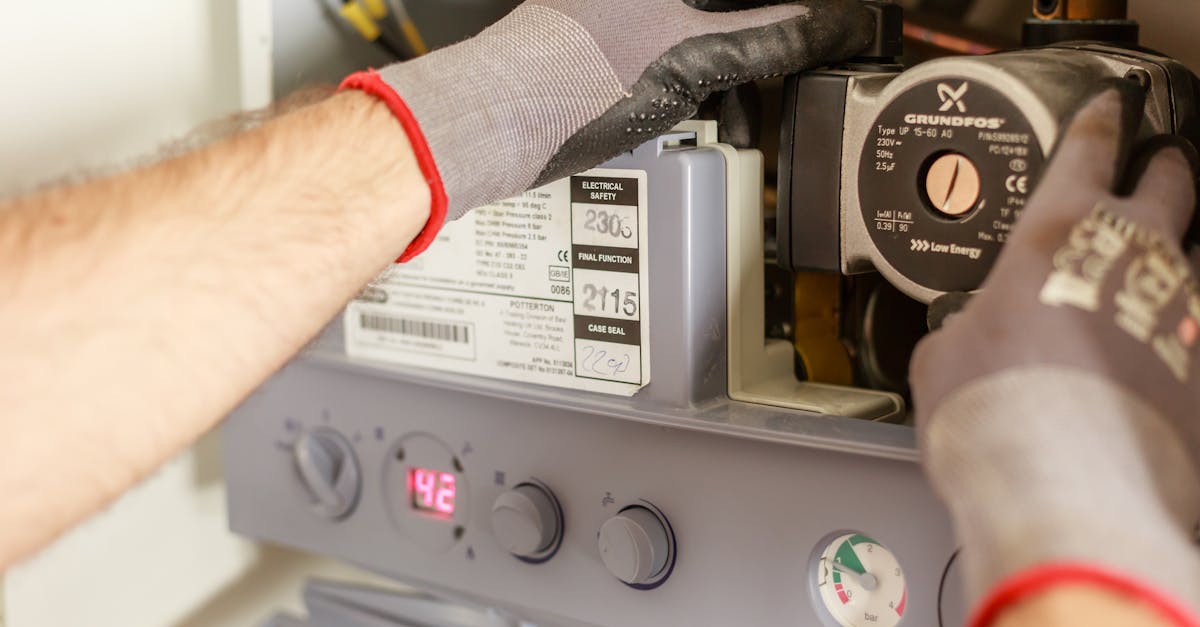
Table Of Contents
Testing the Installation
After completing the toilet installation, it is crucial to conduct a thorough test to ensure everything is functioning correctly. Start by flushing the toilet multiple times to check for proper operation. Pay attention to the water flow and whether the toilet refills as expected. This step helps to identify any immediate issues that may need to be addressed. It is also advisable to observe the toilet for a short period to ensure there are no unusual sounds or problems.
Leak checks are an essential part of confirming a successful installation. Inspect the areas around the base of the toilet and the water supply line for any signs of moisture. A small leak can lead to significant damage over time, making early detection vital. If any leaks are found, revisiting the fittings and connections should be done promptly. When engaging in toilet installation and repair, taking these steps can save time and prevent potential inconveniences down the track.
Checking for Leaks
Once the toilet is installed, it’s crucial to check for leaks. Inspect the connections between the tank and the bowl, ensuring that everything is tightly secured. Any signs of moisture or dripping can indicate a problem that needs immediate attention. Using a clean cloth, wipe around the connections and observe for any fresh water accumulation. It’s wise to let the toilet sit for a while after filling the tank to see if there's a slow leak that becomes apparent over time.
In addition to checking the visible connections, it is essential to examine the water supply line. A leak at this junction can also lead to significant water damage over time. Engage in thorough toilet installation and repair practices to prevent potential mishaps. If you identify any leaks during these inspections, addressing them promptly with the appropriate tools or professional assistance is advisable. This proactive approach ensures a reliable and functioning toilet for continual use.
Manufacturer Recommendations
Each manufacturer may provide specific recommendations regarding the timeframe for using a toilet after installation. Often, these guidelines will include waiting periods for certain types of sealants and adhesives to fully cure. It is essential to adhere to these recommendations to avoid any potential issues down the line. Adhering to proper installation procedures ensures that the toilet functions correctly and reduces the risk of leaks.
In addition to waiting periods, some manufacturers suggest performing a test flush before regular use. This allows the homeowner to check for any immediate issues, such as leaks or improper functioning. Being proactive during the toilet installation and repair process helps in identifying problems early, ensuring that the fixture remains reliable for years to come.
Following Guidelines for Safe Use
After completing a toilet installation, it is crucial to allow the necessary time for the wax seal to set properly. Many manufacturers recommend waiting at least 24 hours before using the toilet to ensure that everything is secure and functioning as intended. If you need to use the toilet sooner, consider using an alternative facility until the waiting period is over. This will help prevent any potential damage to the new installation.
Following guidelines for safe use is essential in maintaining the integrity of the toilet and avoiding leaks. While it might be tempting to test the new toilet immediately, patience can save you from future problems that may arise from improper installation or premature use. Regular maintenance checks after the initial waiting period can also help to identify any potential issues related to the toilet installation and repair process, ensuring smooth and reliable performance in the long run.
Common Installation Mistakes
Common installation mistakes can lead to numerous issues with your new toilet. One frequent error is not ensuring the wax seal is adequately positioned during installation. If the seal isn’t properly placed, it can result in leaks, which might not be evident immediately. Alignment problems with the toilet on the flange can also cause instability. A wobbly toilet can be quite troublesome and lead to further damage over time.
Another common mistake is neglecting to follow the manufacturer's instructions regarding water supply connections. Improperly securing the water supply line can result in leaks or inadequate water flow. Additionally, not using the correct tools can lead to damaging components, making toilet installation and repair more difficult than necessary. Proper attention to detail during installation helps avoid these pitfalls, ensuring your toilet functions correctly from the start.
Preventing Potential Issues
Preventing potential issues during toilet installation involves careful planning and adherence to best practices. One crucial step is to ensure that all the components, including the wax ring, bolts, and tank fittings, are properly installed and tightened. Any misalignment can lead to leaks that may go unnoticed initially, causing damage over time. It’s advisable to review the manufacturer's instructions thoroughly before proceeding, as these guidelines often provide valuable insight on common installation pitfalls.
Regular maintenance can also play a significant role in averting problems with a newly installed toilet. Checking for signs of wear and tear should be part of your routine. Issues like cracks in the tank or bowl can exacerbate over time if not addressed promptly. Familiarising yourself with general toilet installation and repair practices is essential for any homeowner. Being proactive can save not only time but also additional expenses related to more serious repair work down the line.
FAQS
How long should I wait before using a toilet after installation?
It is generally recommended to wait at least 24 hours after installation to ensure that all seals and connections have properly set.
What should I do if I notice leaks after installing the toilet?
If you notice leaks, turn off the water supply immediately, and check all connections and seals for tightness. If leaks persist, consult a professional plumber for assistance.
Are there any manufacturer guidelines on when to use a newly installed toilet?
Yes, most manufacturers provide specific recommendations in the installation manual. It's important to follow these guidelines to ensure proper functionality and warranty coverage.
What common mistakes should I be aware of during toilet installation?
Common installation mistakes include improper sealing, failing to level the toilet, and neglecting to check for leaks. Taking care to avoid these issues can help ensure a successful installation.
How can I prevent potential issues after installing a toilet?
To prevent potential issues, ensure proper installation by following manufacturer instructions, check for leaks regularly, and maintain the toilet with routine cleaning and inspections.

